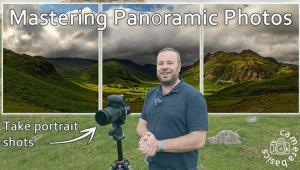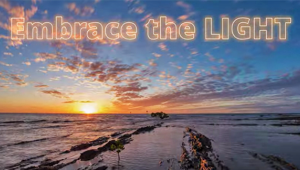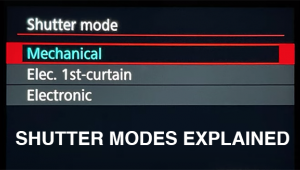Photographing Beautiful Skies
You don't have to wait for good weather to photograph an intriguing sky. In its many moods, the sky can be a wonderful, ever-changing photographic subject. You can take pictures of puffy white clouds, dramatically colorful sunrises or sunsets, an ominous storm front moving in, and possibly a rainbow after the storm clears. Shoot early or late in the day for the best light, as the midday sun will wash out colors.
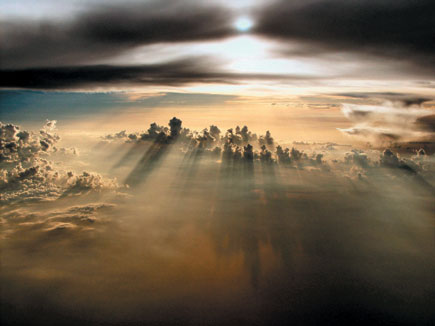 |
|
|
Also, you don't need a lot of expensive camera equipment to capture great photos of the sky; a simple point-and-shoot camera will do nicely. It's best to scout out a location before you want to take pictures. A beautiful sky alone can be a great subject, but you might also want to look for an area with a center of interest, like a tree or mountains for the foreground.
 |
|
|
Although sunrise occurs before many of us get up in the morning and sunsets take place during dinner time, it's worth the extra effort to go out of your way to capture nature's light shows. During these times, the sky can be very colorful, and is often streaked with warm hues of reds and oranges. When photographing a dramatic sunrise or sunset, try to include a simple, instantly recognizable foreground element in silhouette. This will add interest to your image of the sky, and can reveal something about your location. For example, palm trees silhouetted against a sunset on a beach will make a tropical statement. A couple holding hands on the beach spells romance.
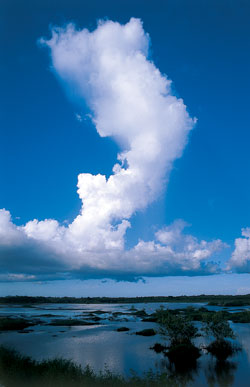 |
|
|
You can include a setting (or rising) sun in your pictures, but keep in mind that the sun never appears as large in a photo as it does to our eyes. If your camera has a zoom lens, use a moderate telephoto setting to make the sun larger in your pictures (likewise, use the wide-angle setting to capture a broad expanse of sky). Before clicking the shutter, aim your lens to a bright area of sky away from the sun. Your camera will get a more accurate reading of the colors in the sky. You can recompose the picture to include the sun if you want to. Whatever you do, don't stare directly into the sun, with or without your camera--this can cause eye damage.
Although you have a very brief window of time at dawn or dusk, shoot lots of pictures, as the clouds and colors in the sky can vary. If you're trying to capture the outline of a landscape or a city skyline in the foreground, expose for the sky since it will be the brightest area in your image.





